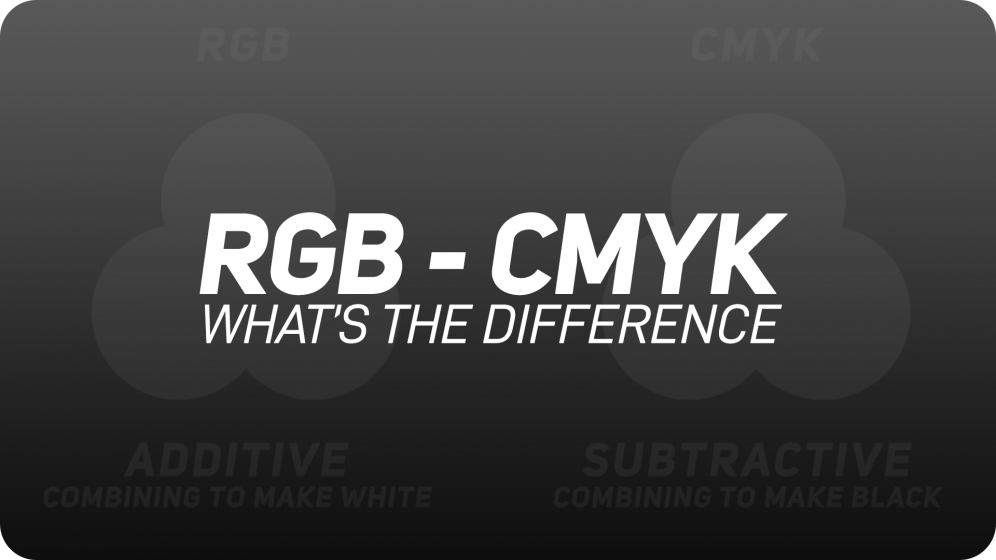When designing anything in colour, the two most common colour models are RGB and CMYK. The latter is used for print meanwhile RGB is used for displaying on monitors.
RGB, which stands for the primary colours red, green, and blue, is known as an additive model. This means that colours are added together to make up what we see on the screen. CMYK, which stands for the colours cyan, magenta, yellow, and black, is a subtractive model.

These two models differ because of the type of media you use them for. For instance, say I designed some artwork in RGB with the intention to send the final result for print, the colours won’t be accurate and will vary from printer to printer.
Using the appropriate colour model in relation to what you plan on doing is crucial. If your plan is to display your work on a monitor use RGB if you are printing it, use CMYK.
If you want to read more about digital graphics check out my post below, which talks about the difference between raster and vector graphics.
If you want to dive deeper into colour science in the visual effects field check out this FXPHD course.
If you are more into illustration, why not check out this Skillshare course about colour theory.

